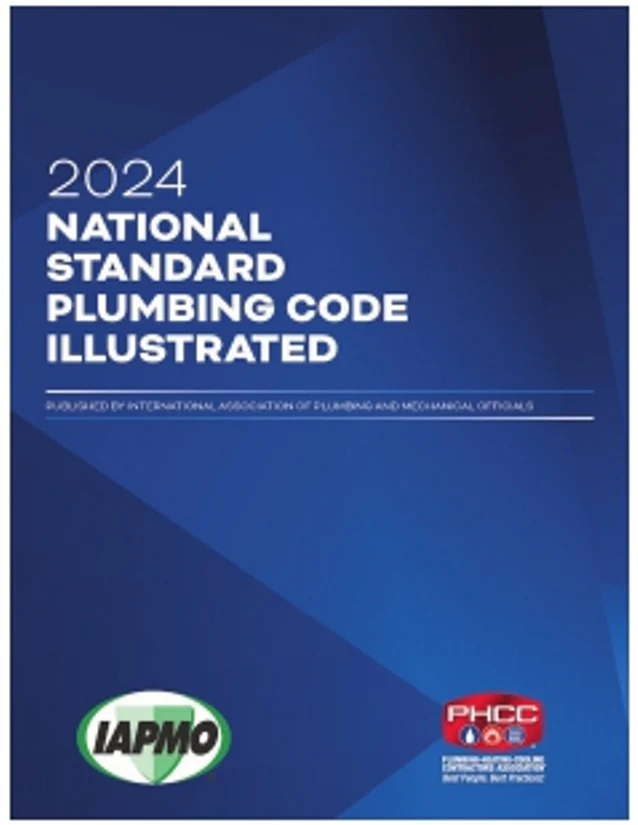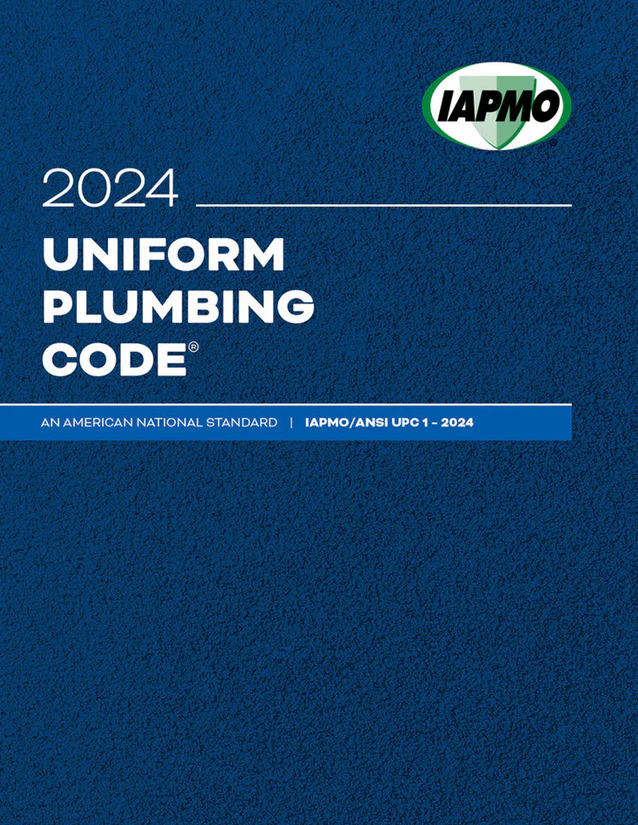Codes Corner: Fixture and fixture fittings in the Uniform Plumbing Code refrigerants
The plumbing code is important to ensure the health and safety of the public are protected during fixture and fitting installation.

Image courtesy of photovs / iStock / Getty Images Plus.
The Uniform Plumbing Code (UPC) is developed to establish minimum requirements for the health and safety of occupants utilizing a building’s plumbing system. The United States requires the installation of certified plumbing products, including those that bring water into and out the building. These include piping, fixtures and fixture fittings in the building.
Plumbing manufacturers work with testing laboratories like IAPMO R&T Lab, and certification agencies like IAPMO R&T, to make sure the products meet the minimum plumbing code and standard requirements when they are installed in the building.
This generally applies to all buildings, including commercial buildings, houses and dwelling places that have a kitchen and bathroom. These are important spaces in the building. The kitchen and bathroom are usually the most expensive areas (estimated cost is about $400 per square foot) in the building because of the fixtures and fixture fittings that are present in them.
What are fixtures and fixture fittings? The definition of a fixture is a piece of equipment or furniture that is fixed in position in a building, usually secured to a wall or floor and not removed when the building is sold. In a building or house, the fixture is usually the kitchen sink, bar sink, laundry sink, lavatory sink, urinal, shower and bathtub. Fixture fittings are objects mounted on the fixture or wall, including various faucets and valves for the kitchen and bathroom.
Chapter 4 of the 2021 UPC covers plumbing fixtures and fixture fittings. This chapter discusses the installation and materials, including securing the fixture and fixture fittings. The plumbing code is important to ensure the health and safety of the public are protected during the fixture and fitting installation.
Such fixtures as sinks, water closets, urinals, showers and bathtubs are discussed and reviewed. The separate table in chapter 17 of the 2021 UPC refers to the reference standards that each fixture and fitting must meet. Below are some examples of fixtures and fittings discussed in the plumbing code:
- Shower bases shall be minimum of 1,024 square inches, a threshold of 2 inches, have a nailing flange for installation and slope to drain. The minimum threshold is important to prevent flooding of the bathroom and the flange for proper wall and floor protection from water damage. Slope to drain prevents water from ponding and mold from growing. Chapter 17 of 2021 UPC refers to standard CSA B45.5 / ANSI Z124.5 latest edition for the compliance of shower bases.
- Water closets shall be equipped with a fill valve that is equipped with a vacuum breaker in the tank to prevent backflow to drinking water. Backflow to drinking water can cause sickness due to contamination from dirty toilet water. Chapter 17 of 2021 UPC refers to standard ASME A112.19.2/ CSA B45.1 latest edition for the compliance of water closets.
- Urinals shall be installed with a flushometer valve that is equipped with a vacuum breaker and installed 6 inches minimum above the flood level rim of the unit to prevent backflow to drinking water. Chapter 17 of 2021 UPC refers to standard ASME A112.19.2/ CSA B45.1 latest edition for the compliance of urinals.
- Fixture fitting faucets shall be equipped with an airgap for regular stationary faucets or equipped with a vacuum breaker if pullout type to prevent backflow to drinking water. Chapter 17 of 2021 UPC refers to standard ASME A112.18.1 / CSA B125.1 latest edition for compliance. For drinking applications, there is also a toxicity requirement to the latest NSF/ANSI/CAN 61-2022 Drinking Water System Components ― Health Effects standard.
This generally applies to all buildings, including commercial buildings, houses and dwelling places that have a kitchen and bathroom. These are important spaces in the building. The kitchen and bathroom are usually the most expensive areas (estimated cost is about $400 per square foot) in the building because of the fixtures and fixture fittings that are present in them.
Chapter 4 of the 2021 UPC states the requirements for common plumbing fixtures and fixture fittings when used appropriately by building owners and confirmed by plumbing inspectors, which will help protect the health and safety of the public.
IAPMO R&T and IAPMO R&T Lab offer testing and certification for fittings and plumbing fixtures. Both IAPMO R&T and IAPMO R&T Lab have extensive experience testing and reviewing engineers to evaluate the fixtures and fittings. Together they represent a one-stop agency that offers expertise, service and prompt certification processes to certify products according to the standards and plumbing codes in the United States.
Looking for a reprint of this article?
From high-res PDFs to custom plaques, order your copy today!








